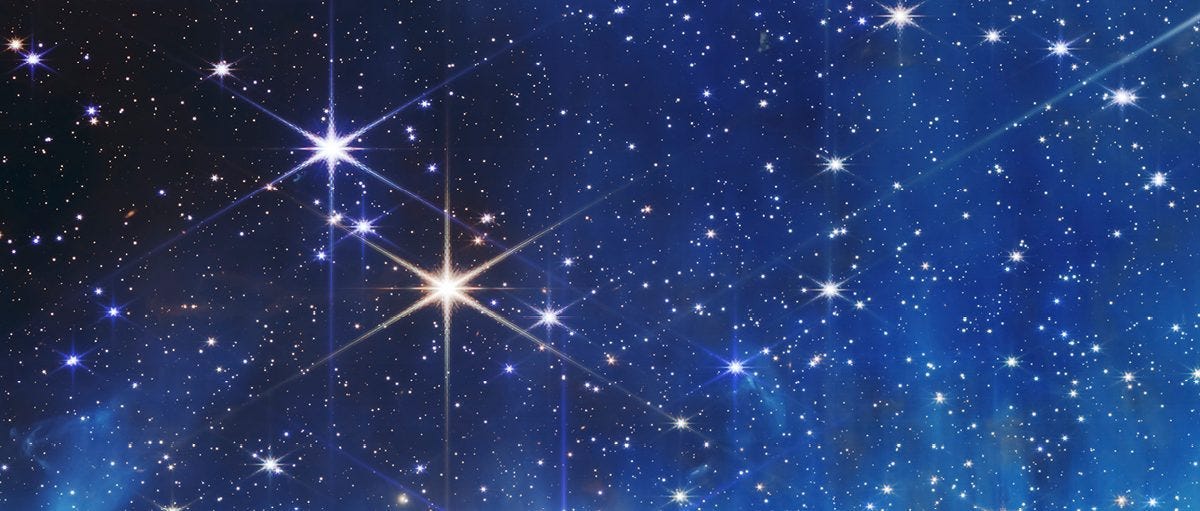Introduction to Stars-923
Have you ever gazed up at the night sky and felt a sense of wonder? Among the countless twinkling lights, one star group shines particularly brightly in our collective curiosity: stars-923. This unique set of celestial bodies captivates astronomers and stargazers alike, inviting us to explore their mysteries. As we delve into what makes stars-923 so special, prepare for an enlightening journey through formation, characteristics, and technological advancements that allow us to study these wonders more deeply than ever before. So grab your telescope or simply recline under the open sky—let’s embark on this cosmic adventure together!
What Makes Stars-923 Unique?
Stars-923 stands out for its extraordinary brightness. This luminosity makes it one of the most captivating stars in our night sky.
Another remarkable feature is its unusual color. While many stars emit a white or yellow hue, Stars-923 shines with a distinct bluish tint. This unique coloration hints at high temperatures and rapid energy production.
Additionally, Stars-923 has an intriguing position within its constellation. It serves as a guiding point for astronomers and stargazers alike, helping them navigate the vast expanse of space.
Its relatively close proximity to Earth further enhances its allure. At just 100 light-years away, studying Stars-923 offers valuable insights into stellar evolution and composition.
Each aspect contributes to the star’s mystique, making it not only an object of study but also a source of inspiration for those gazing upwards at night.
Stars-923 was born from a cloud of gas and dust, a cosmic nursery where elements collide and fuse. This stellar formation process begins with gravitational forces pulling material together.
As the cloud collapses, it heats up. Temperatures soar to millions of degrees in the core. Hydrogen atoms begin fusing into helium, releasing immense energy in the form of light and heat.
This energy creates outward pressure that balances gravitational pull. Over time, this delicate equilibrium stabilizes Stars-923 as it transitions into adulthood.
Surrounding materials often create beautiful nebulae or discs that can give rise to planets or other celestial bodies. The birth of Stars-923 is not just an event; it’s an intricate dance of physics that unfolds over millions of years, shaping the universe we observe today.
Characteristics and Composition of Stars-923
Stars-923 exhibit fascinating characteristics that set them apart from other celestial bodies. These stars are primarily composed of hydrogen and helium, the simplest elements in the universe. This basic composition is crucial for their life cycle.
The temperature at their core can soar to millions of degrees, fueling nuclear fusion. This process generates immense energy, creating light and heat that radiate into space.
In terms of size, Stars-923 can vary significantly; some are massive giants while others may be more modestly sized dwarf stars. Their brightness also ranges widely, influenced by both distance and intrinsic luminosity.
Spectroscopy allows astronomers to analyze these stars’ compositions further. By studying light spectra emitted or absorbed by Stars-923, researchers uncover details about their chemical makeup and surface temperatures. Each observation adds another layer to our understanding of these extraordinary cosmic entities.
The Role of Technology in Studying Stars-923
Technology has transformed our understanding of stars-923. Telescopes equipped with advanced sensors allow astronomers to capture detailed images and gather essential data. These instruments reveal the intricate structures and compositions of celestial bodies, expanding our knowledge beyond what the naked eye can see.
Satellites play a crucial role as well. They monitor cosmic phenomena in real-time, providing invaluable information about stellar behavior and environmental conditions in space. This ongoing stream of data helps scientists piece together the life cycle of stars-923.
Moreover, software simulations offer researchers insights into complex astrophysical processes. By modeling interactions within galaxies, they can predict how stars evolve over time.
Collaboration is key too; global networks connect observatories across continents. Sharing findings accelerates discoveries related to stars-923 and enriches collective understanding within the astronomical community.
Famous Constellations Containing Stars-923
Stars-923 shines brightly in several famous constellations, captivating stargazers across the globe. Among these celestial arrangements, it finds its home in Orion, one of the most recognizable patterns in the night sky.
Orion is often associated with mythology and adventure. Its three distinctive belt stars guide observers to discover Stars-923 nestled nearby. This connection sparks curiosity about our place in the universe.
Another notable constellation featuring Stars-923 is Taurus. Known for its striking V-shaped formation representing a bull, Taurus adds to the allure of this star. The interplay between these constellations enhances their beauty and significance.
Each time you gaze at Orion or Taurus, remember that Stars-923 plays a vital role within them. These constellations not only tell stories but also invite us into ongoing exploration of our universe’s secrets.
The Future of Studying and Understanding Stars-923
The future of studying stars-923 is brimming with potential. Advances in technology are paving new pathways for exploration. Innovative telescopes and satellites will allow astronomers to observe these celestial bodies in unprecedented detail.
Artificial intelligence plays a crucial role too. By analyzing vast amounts of data, AI can help identify patterns that were previously undetectable. This could lead to groundbreaking discoveries about the life cycles and behaviors of stars-923.
Collaboration across disciplines is becoming more common as well. Astrophysicists, chemists, and even artists unite to create a broader understanding of our universe. This cross-pollination enriches research and education alike.
Citizen science projects are gaining traction, inviting enthusiasts into the fold. Engaging the public enhances awareness while harnessing collective curiosity on an unparalleled scale. The mysteries surrounding stars-923 will gradually unfold through these combined efforts, illuminating our cosmic journey ahead.
Conclusion: Appreciating the Beauty and Mystery of Stars-923
As we delve deeper into the wonders of stars-923, it becomes clear that these celestial bodies offer more than just breathtaking beauty. They serve as a window into the vast universe, revealing secrets about our own existence and the cosmos at large.
Stars-923 captivate our imagination with their unique characteristics and complex formation processes. Each one tells a story etched in light-years of time. Their role extends beyond mere visual appeal; they are fundamental to understanding cosmic evolution.
The advancements in technology have opened new avenues for researching stars-923, allowing us to explore their mysteries like never before. With telescopes capturing stunning images and data from distant reaches of space, we continue to expand our knowledge base.
Famous constellations housing stars-923 remind us how interconnected everything is within the universe. These constellations not only guide astronomers but also inspire stargazers around the world.

 Marketing5 months ago
Marketing5 months ago
 News5 months ago
News5 months ago
 THC5 months ago
THC5 months ago
 Marketing5 months ago
Marketing5 months ago
 News4 months ago
News4 months ago
 News1 month ago
News1 month ago
 CBD5 months ago
CBD5 months ago
 News4 weeks ago
News4 weeks ago



